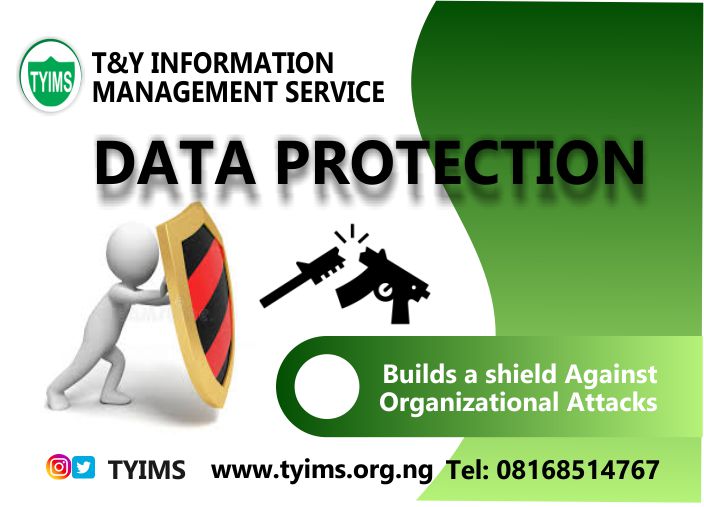WHAT IS DATA PROTECTION AND DATA PRIVACY:
The terms data protection and data privacy are often used interchangeably, but there is an important difference between the two. Data privacy defines who has access to data, while data protection provides tools and policies to actually restrict access to the data. Compliance regulations help ensure that user’s privacy requests are carried out by companies, and companies are responsible to take measures to protect private user data.
Data protection and privacy is typically applied to personal health information (PHI) and personally identifiable information. It plays a vital role in business operations, development, and finances. By protecting data, companies can prevent data breaches, damage to reputation, and can better meet regulatory requirements.
Data protection solutions rely on technologies such as data loss prevention (DLP), storage with built-in data protection, firewalls, encryption, and endpoint protection.
What Is Data Protection and Why Is It Important?
Data protection is a set of strategies and processes you can use to secure the privacy, availability, and integrity of your data. It is sometimes also called data security.
A data protection strategy is vital for any organization that collects, handles, or stores sensitive data. A successful strategy can help prevent data loss, theft, or corruption and can help minimize damage caused in the event of a breach or disaster.
What Are Data Protection Principles?
Data protection principles help protect data and make it available under any circumstances. It covers operational data backup and business continuity/disaster recovery (BCDR) and involves implementing aspects of data management and data availability.
Here are key data management aspects relevant to data protection:
Data availability—ensuring users can access and use the data required to perform business even when this data is lost or damaged.
Data lifecycle management—involves automating the transmission of critical data to offline and online storage.
Information lifecycle management—involves the valuation, cataloguing, and protection of information assets from various sources, including facility outages and disruptions, application and user errors, machine failure, and malware and virus attacks.
What Is Data Privacy and Why Is it Important?
Data privacy is a guideline for how data should be collected or handled, based on its sensitivity and importance. Data privacy is typically applied to personal health information (PHI) and personally identifiable information (PII). This includes financial information, medical records, social security or ID numbers, names, birthdates, and contact information.
Data privacy concerns apply to all sensitive information that organizations handle, including that of customers, shareholders, and employees. Often, this information plays a vital role in business operations, development, and finances.
Data privacy helps ensure that sensitive data is only accessible to approved parties. It prevents criminals from being able to maliciously use data and helps ensure that organizations meet regulatory requirements.
What Are Data Protection Regulations?
Data protection regulations govern how certain data types are collected, transmitted, and used. Personal data includes various types of information, including names, photos, email addresses, bank account details, IP addresses of personal computers, and biometric data.
Data protection and privacy regulations vary between countries, states, and industries. For example, China has created a data privacy law that went into effect on June 1, 2017, and the European Union’s (EU) General Data Protection Regulation (GDPR) went into effect during 2018. Non-compliance may result in reputation damages and monetary fines, depending on the violation as instructed by each law and governing entity.
Compliance with one set of regulations does not guarantee compliance with all laws. Additionally, each law contains numerous clauses that may apply to one case but not another, and all regulations are subject to changes. This level of complexity makes it difficult to implement compliance consistently and appropriately.

